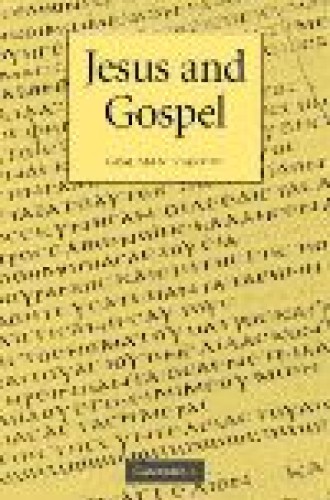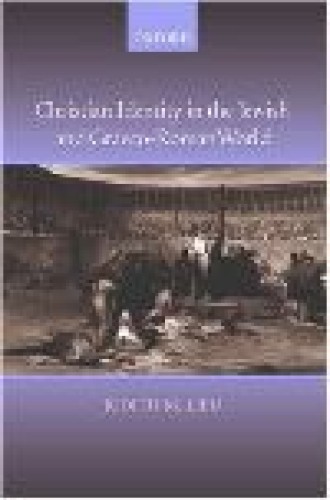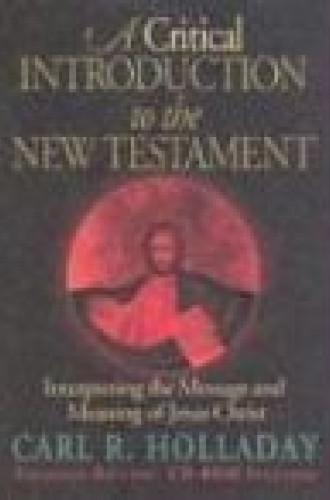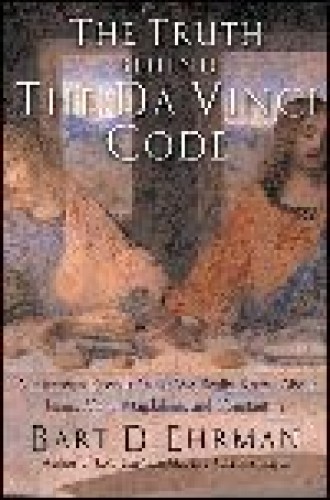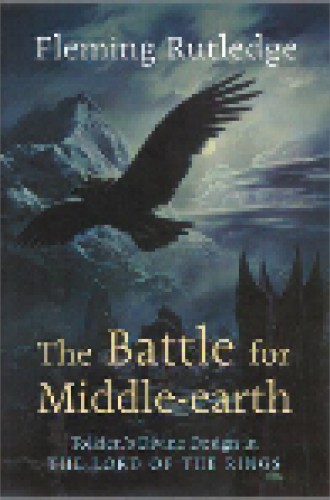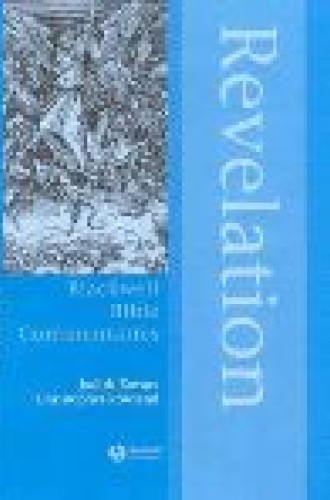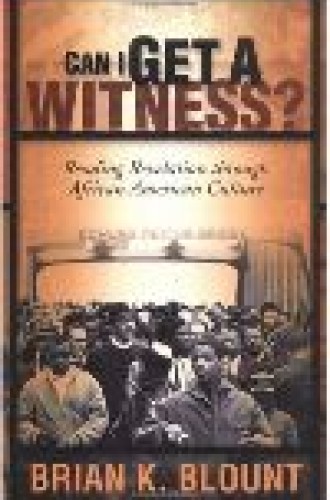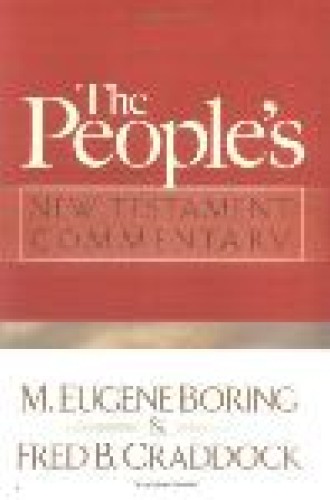Take and read
The title of this volume only hints at the rich offerings inside. Impatient with the sloppy contemporary use of the word gospel in both ecclesial and scholarly settings, Stanton undertakes a rich correction, beginning with a discussion of the word in its earliest Christian contexts and concluding with a study of the Christian adoption of the codex for the Gospels and other writings.
This welcome study of the high priest Caiaphas first attempts to reconstruct what can be known of his life and circumstances and then examines the various presentations of the priest in the Gospels. The result is a glimpse into the complexities involved in understanding early Judaism. As lucid and engaging as it is learned, Caiaphas would work well for an adult education course, providing a much-needed alternative to the sensational presentations on offer elsewhere.
In the wake of the publication of Richard Hays’s Echoes of Scripture in the Letters of Paul, questions about Paul’s interpretation of scripture have moved to the center of Pauline studies. Few of the emerging proposals are as complex and provocative as that of Francis Watson, who argues that Paul identifies within the Pentateuch a tension between the divine promise and the law. A major contribution of Watson’s work is its location of Paul’s exegesis in the context of that of other exegetes of the Second Temple period.
This lively volume is part of the Blackwell Bible Commentaries, a new series devoted to the significance of biblical texts in theology, literature and art. Ranging across the centuries and drawing on representations of the Apocalypse in a variety of media, Kovacs and Rowland provide a rich and illuminating resource for renewed study of the book of Revelation.
Whereas Kovacs and Rowland survey the vast landscape of the reception of the Apocalypse, Blount focuses on one particular location, that of African-American interpretation of John’s vision. Calling upon slave poetry, spirituals and hip-hop lyrics, he explores explicit and implicit readings of the book of Revelation in African-American Christianity. These interpretive voices in turn inform Blount’s own reading of Revelation as a cry for the lordship of Jesus to be expressed in active human witness by means of resistance and transformation.
In this multifaceted and sophisticated undertaking, Lieu explores the ways in which early Christian texts both depict an emerging Christian identity and reflect the deep embeddedness of that identity within the ancient world and its constructions. For all who struggle with the question of what it means to be a Christian—whether in the ancient world or at present—Lieu presents a thoughtful guide to the questions and the complex answers offered by the texts. The paperback edition promised for 2006 should be more reasonably priced.
Late in the 19th century, Barton Warren Johnson published a two-volume work, The People’s New Testament with Notes. Operating with the same conviction that the New Testament is the people’s book, Boring and Craddock undertake to help people become better readers of it by guiding them through its contents and addressing problems of history, geography and translation along the way. Accomplished scholars and teachers, Boring and Craddock have produced a volume that belongs in every church library.
The subtitle is crucial. This introduction to the New Testament not only addresses the traditional questions of authorship, date, audience and purpose but also focuses on the New Testament’s multiple understandings of who Jesus Christ is and what God accomplishes in him. A supplemental CD helps to keep the book to a manageable length by providing a treasure of additional information. Obviously intended for use in seminary classrooms, this volume will also be helpful to pastors who are themselves engaged in the ongoing task of interpreting the message and meaning of Jesus Christ.
Every preacher and teacher who has been confronted by credulous readers of The DaVinci Code owes Bart Ehrman a word of gratitude. In this slender, readable volume, he patiently reviews the various claims made in Dan Brown’s novel and locates them in the context of historical evidence—and especially the lack thereof. Although he remains respectful of the fun to be had reading Brown’s enormously popular book, Ehrman dismantles the various conspiracies it suggests. Along the way, he covers a lot of the territory of a traditional introduction to early Christianity, giving the book content that is constructive as well as critical.
Libraries won’t shelve this splendid study of Tolkien with New Testament criticism, but it contains a genuine vein of biblical theology. Deeply influenced by apocalyptic interpretations of Pauline theology, Rutledge enters Tolkien’s world, producing a commentary on the trilogy that is also a commentary on the Old and New Testaments. People who persist in thinking that apocalyptic is an outmoded, even dangerous word will find in Rutledge’s loving treatment of the Bible and the Rings trilogy a grace-filled and insightful response.


